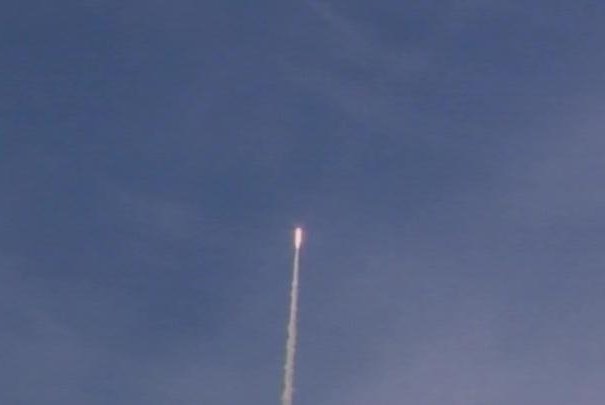Dec. 12 (UPI) -- The Air Force tested a prototype of a conventionally configured ground-launched ballistic missile at Vandenberg Air Force Base in California on Thursday morning.
A joint government-industry team began work after the United States announced its suspension of Intermediate-Range Nuclear Forces Treaty obligations in February.















